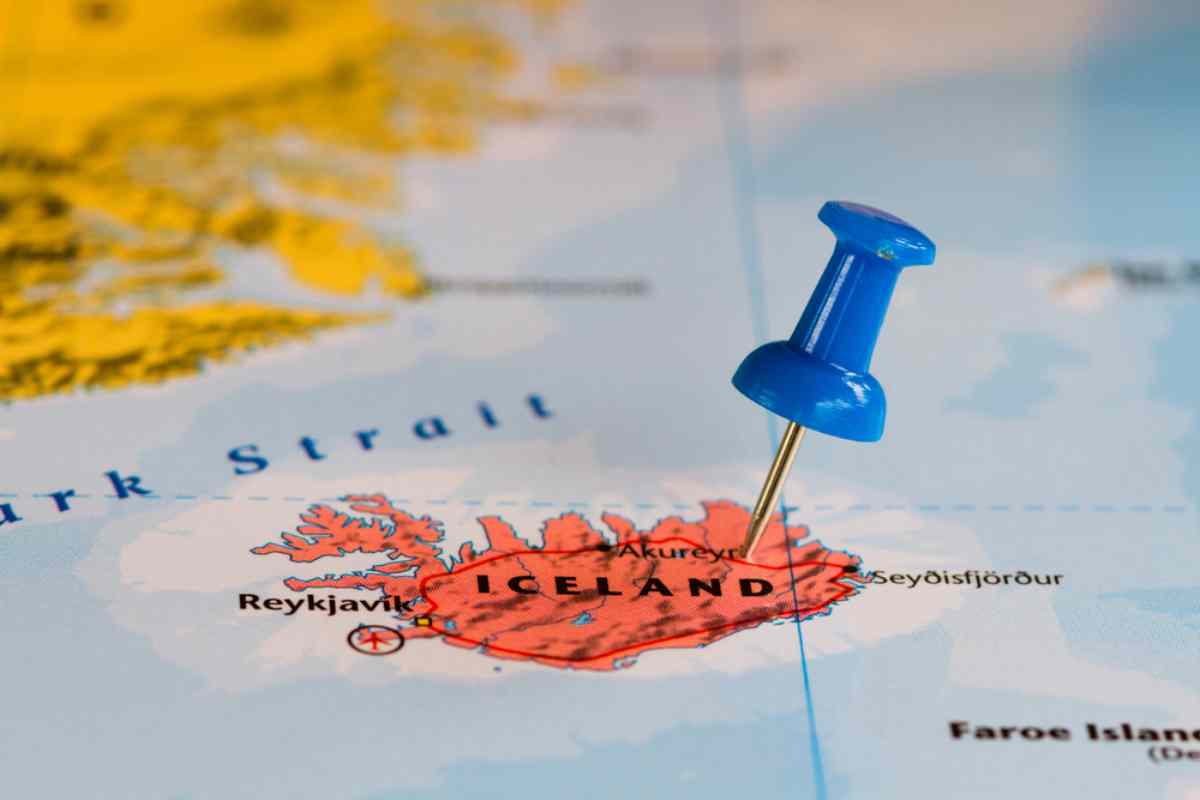Ready to dive headfirst into the wild world of Iceland weather? Brace yourselves because we're about to embark on a roller coaster ride of temperature swings, surprise storms, and much meteorological madness.
Iceland weather is like that eccentric friend who keeps you on your toes, constantly defying your expectations and leaving you both awe-inspired and utterly baffled. In this post, we'll be exploring the general climate of Iceland, as well as breaking down the temperature ranges and precipitation levels throughout the year.
We'll also be discussing the regions and seasons with the highest precipitation, identifying the warmest months in Iceland and their average temperatures. So, hold on to your hats, and let's dive right into this whirlwind of climate chaos!
Understanding Iceland's Climate
Iceland's weather is notorious for its unpredictability and variability, which makes it a truly fascinating place to explore. Although the country generally experiences a temperate climate, it can be affected by the Gulf Stream, which keeps temperatures mild in winter and cool in summer.
Another factor influencing Iceland's climate is its location, which lies in the North Atlantic Ocean between two major cold and warm air masses. This results in an interesting mix of weather patterns, including sunny days followed by overcast skies and heavy rainfall.
In addition, the island's proximity to the Arctic Circle means that winter temperatures can drop as low as -30°C (-22°F). On the other hand, mild summers bring maximum temperatures of up to 25°C (77°F).
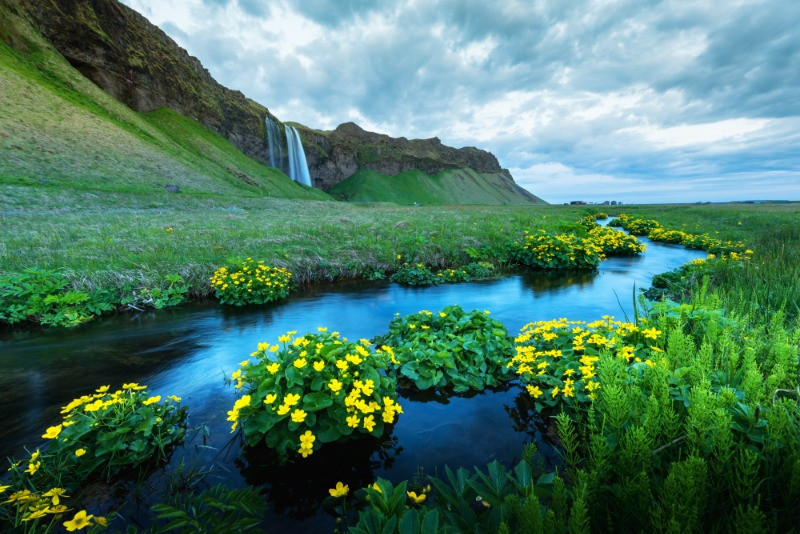
What Is Iceland Weather Like?
Iceland's weather patterns can seem chaotic and frustrating, but that doesn't mean it isn't worth exploring. In fact, this unpredictability makes for a thrilling and unique experience.
The country generally experiences cool temperatures throughout the year, with average highs rarely reaching more than 20°C (68°F).
The coldest months are usually January and February, when temperatures can drop as low as -10°C (14°F) in some areas. In the summer, Iceland's average temperature is around 15°C (59°F). Iceland can experience heavy rainfall, especially in the west and southwest regions.
The snowy winter usually lasts from October to April, with the heaviest snowfall occurring between December and February. The highest snowfall totals are usually seen in the northern parts of the country, where temperatures tend to be colder than those found in other parts.
Temperature Ranges in Iceland
Iceland's average temperatures can vary drastically depending on the region and season. The south and southwest regions are usually much warmer than those in the north, east, and west. The northeast coast tends to experience milder temperatures than those in other parts of the country.
The highest temperature ever recorded in Iceland was 30.5°C (87°F) in the eastern village of Teigarhorn in 1939. On the other hand, the coldest temperature ever recorded was in Grímsstaðir when temperatures plummeted to -38°C (-36°F) in 1918.
Iceland generally experiences mild temperatures during the summer months, with average highs reaching up to 20°C (68°F). However, the winter months can be extremely cold, with temperatures as low as -30°C (-22°F).
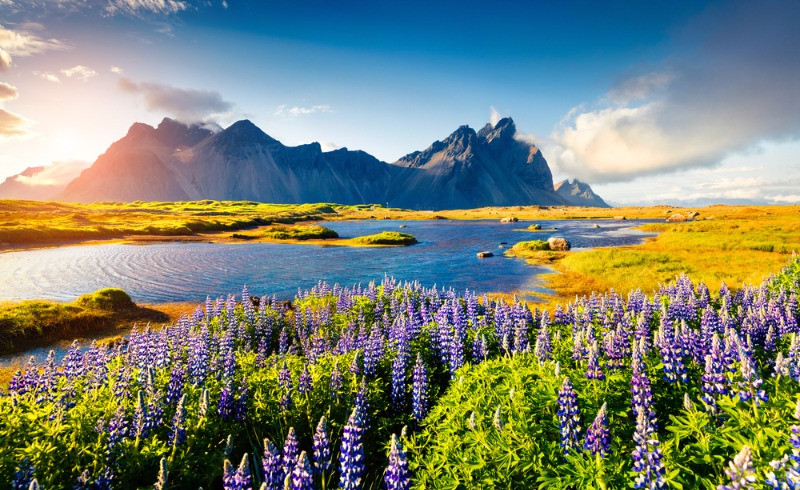
Monthly Temperature Breakdown
The monthly Iceland temperature breakdowns can vary depending on region and season. Let's look at each month's average temperature and weather conditions.
January - The Coldest Month of the Year
You might have asked yourself whether Iceland is cold. Well, the answer is yes! January is usually the coldest month of the year in Iceland, with temperatures ranging between -10°C (14°F) and 5°C (41°F). The average temperature is usually around -1°C (30°F) to 1°C (34°F). There are usually fewer hours of sunlight, and snowstorms can be frequent. January is also a great time to explore ice caves since the water has iced over.
February - Snowy Days
February in Iceland brings a roller coaster of weather changes. From snow to hail and rain, be ready for anything. With temperatures ranging between -3°C and 3°C, it's a chilly winter month. Don't forget your warm coat and waterproof gear, especially for those Northern Lights hunting nights.
March - Signs of Spring
March is a fantastic time to explore Iceland, offering longer daylight hours (10-13 per day) and milder temperatures of between -2°C to 3°C (28°F to 37°F). Enjoy winter activities like ice cave adventures before they close for summer. Don't forget the enchanting Northern Lights. Plus, check out Iceland's ski resorts for some thrilling snowy escapades.
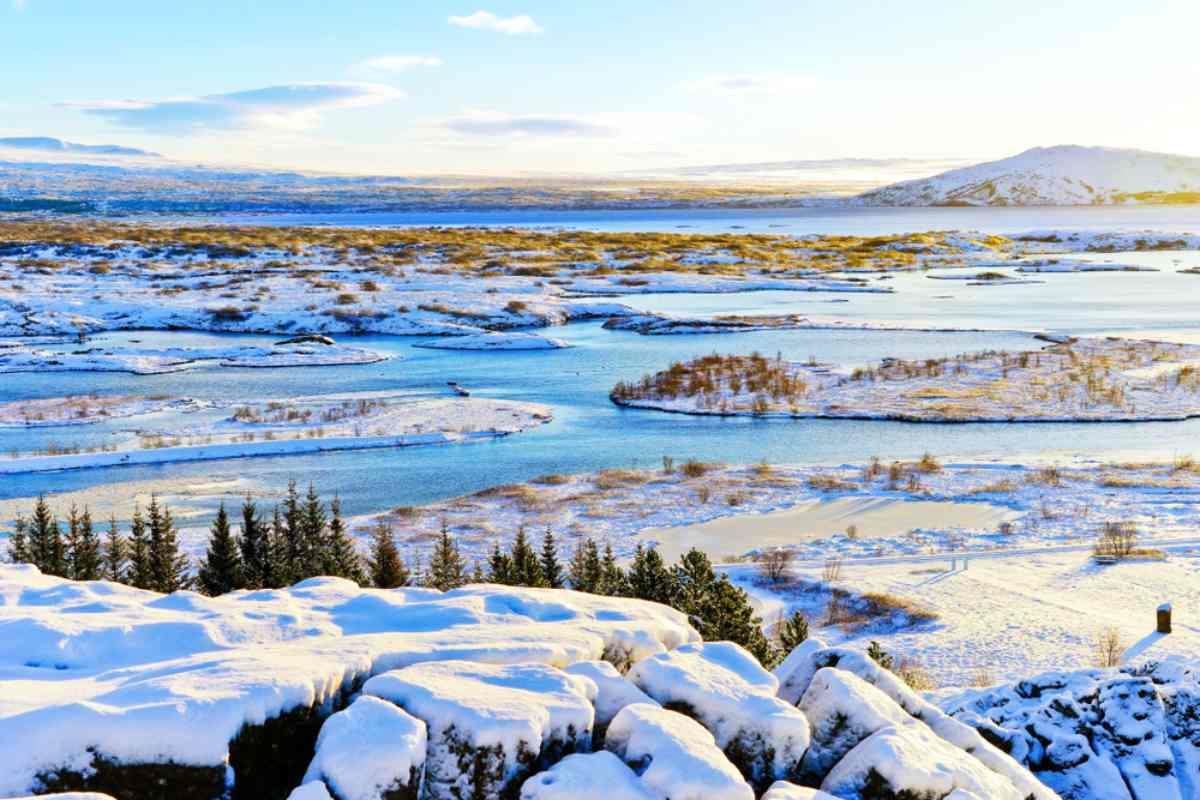
April - Continuous Thawing
The weather in Iceland in March makes it a remarkable time to explore as the country transitions into spring. The temperatures range from 1°C to 7°C (34°F to 45°F). The days become longer, giving you 16 hours of daylight. You can also witness the transformation as the snow melts and the ice shell breaks, revealing nature's awakening. Take a scenic drive along Iceland's iconic Ring Road, experiencing the beauty of this diverse landscape.
May - Warmer Weather and Rainfall
May heralds the official start of summer in Iceland, bringing milder temperatures of 4°C to 10°C (39°F to 50°F) and extending 16 hours of daylight. During this time, nature awakens as trees burst with leaves, painting the land in vibrant green. Keep an eye out for Icelandic puffins nesting across the island, adding a touch of charm to your Icelandic adventure.
June - Longest Day of the Year
The Iceland weather in June makes it a captivating time to visit, with many activities awaiting you. Enjoy the mild weather, with average temperatures ranging from 9°C to 15°C (48°F to 59°F), perfect for outdoor adventures and hiking through Iceland. Embrace the extended daylight hours of 20-21, providing ample time to explore Iceland's stunning landscapes.
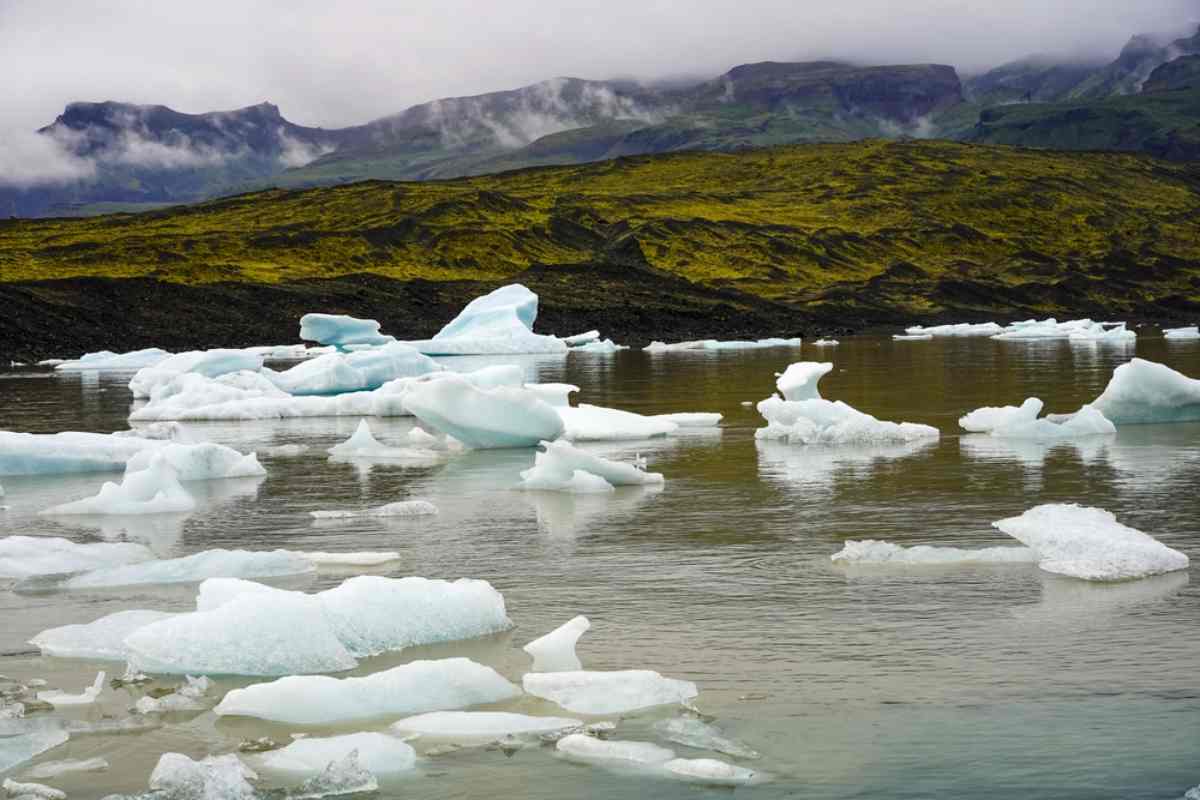
July - Warmest Month in Iceland
July is the warmest month in Iceland. July is a popular month to explore, with temperatures reaching their peak between 10°C and 15°C (50°F to 59°F). Enjoy 18 hours of daylight and witness breathtaking sunsets. July is also an excellent time to visit one of Iceland's 3 National Parks.
August - Warmer Weather and Rainfall
Iceland's yearly weather In August makes it ideal to experience the final month of summer, with temperatures averaging 8°C to 13°C (46°F to 55°F) and 14 hours of daylight. The Eastern and Northern parts stay warmer, making it ideal for trekking tours in the Icelandic Highlands.
September - Cooler Temperatures and Fewer Hours of Sunlight
The weather in Iceland in September ushers in the winter season, bringing cooler temperatures averaging between 5°C and 10°C (41°F to 50°F). Daylight hours decrease from 14 to 11 throughout the month. Expect occasional rain and wind due to warm Southern American winds. September is a favored time for photography, capturing Iceland's dramatic landscapes amidst the changing seasons.

October - Return of Colder Weather
The Icelandic climate in October offers a unique experience, with average temperatures of 2°C to 7°C (36°F to 45°F). As daylight hours decrease to 8-11, it creates optimal conditions for capturing the enchanting Northern Lights. Embrace the colder climate by immersing yourself in one of Iceland's many natural hot springs. Read our Iceland October Guide to find out more about what to do and what to expect.
November - The Darkest Month
Iceland's yearly weather in November unveils a notable shift in temperature and daylight hours. The average temperature dips between -1°C and 3°C (30°F to 37°F), while daylight dwindles to a mere 5 hours by month-end. Road closures are common, so plan your itinerary carefully. Despite these factors, November is a great time to go on a dog sledding tour and witness Iceland's majestic frozen landscapes.
December – A Month Full of Surprises
In December, Iceland reveals the captivating essence of its winter season. The average temperature ranges from -3°C to 2°C (27°F to 36°F), accompanied by a mere 4-5 hours of daylight. As the darkest month, it offers ample opportunities to witness the mesmerizing Northern Lights.
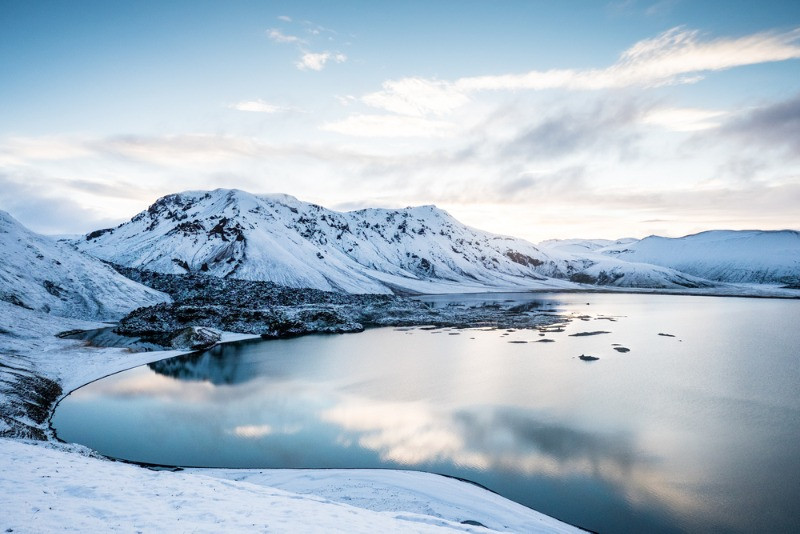
Explore popular tourist attractions transformed by a blanket of ice and snow, and indulge in thrilling winter activities like going on a snowmobile tour. If you're driving in during winter, then we suggest reading our driving in winter tips for safe adventures.
Precipitation in Iceland
Precipitation in Iceland varies throughout the year, influenced by its unique climate and geographical location. Here's a breakdown of the monthly precipitation patterns:
- January: January is a relatively wet month in Iceland, with moderate to high precipitation levels. Rain and snowfall are common, contributing to the overall winter weather.
- February: Similar to January, February experiences moderate to high precipitation levels. Rain, snow, and hail can be expected, making it an unpredictable month in terms of weather.
- March: Iceland's climate in March sees a slight decrease in precipitation compared to the previous months. However, rain and snow showers remain frequent as Iceland transitions from winter to spring.
- April: Precipitation levels continue to decrease, although rain showers can still occur. As spring emerges, expect sporadic rainfall and the occasional snowfall.
- May: May experiences relatively lower precipitation levels compared to the winter months. Rainfall is typically lighter, and the transition to summer brings more stable weather conditions.
- June: June is characterized by relatively low precipitation levels. Rain showers are infrequent, allowing visitors to enjoy outdoor activities and explore the beautiful landscapes under drier conditions.
- July: July is one of the driest months in Iceland, with minimal rainfall. It offers favorable weather conditions for outdoor adventures and exploring the stunning natural wonders of the country. You can also read our Iceland July Guide for more information.

- August: Similar to July, August is generally a dry month in Iceland. Rainfall remains minimal, providing an excellent opportunity for travelers to fully enjoy their outdoor activities.
- September: Precipitation levels increase in September as Iceland transitions into autumn. Rainfall becomes more frequent, but it is still possible to experience drier periods during this month.
- October: October marks a notable increase in precipitation levels. Rainfall becomes more regular, and the frequency of rain showers steadily rises as autumn progresses.
- November: November continues to be a relatively wet month in Iceland, with moderate to high precipitation levels. Rainfall and occasional snowfall are common as the country approaches winter.
- December: December is another wet month in Iceland, with moderate to high precipitation levels. Rain and snow showers are prevalent, contributing to the winter weather conditions.
Tips for Visiting Iceland
The weather in Iceland can be unpredictable at times, so it is important to plan ahead and be prepared. Here are some tips for navigating around the Icelandic climate:
- Rent a Car: Consider renting a car in Iceland to fully experience the stunning landscapes. Having a vehicle gives you the freedom to explore remote areas, visit lesser-known attractions, and navigate at your own pace.
- Dress in Layers: Iceland's weather is known for being changeable, so dressing in layers allows you to adapt to shifting conditions. Start with a base layer, add insulation, and finish with a waterproof outer layer.
- Bring Weatherproof Gear: Be prepared for rain, wind, and even snow. Invest in a good quality waterproof jacket, pants, and sturdy waterproof boots to keep yourself dry and comfortable.
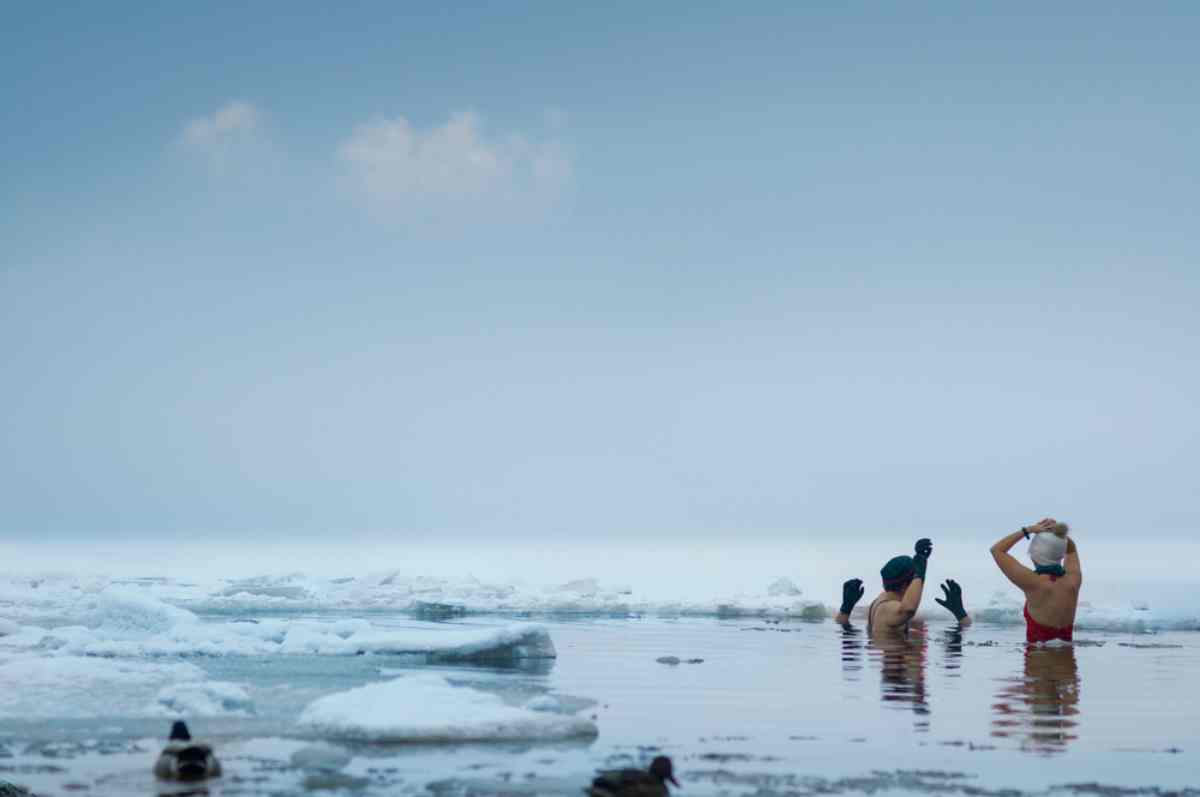
- Pack for All Seasons: Even during summer, it's wise to pack warm clothing. Include a hat, gloves, and a scarf to protect against chilly winds or unexpected temperature drops.
- Stay Hydrated: Despite the cooler temperatures, it's essential to stay hydrated, especially during outdoor activities. Carry a reusable water bottle and refill it whenever possible.
- Check Road Conditions: If you plan to explore beyond the main cities, keep an eye on road conditions. Weather can cause road closures and restrict your access to certain areas.
FAQs About Iceland Weather
How cold is Iceland?
The average temperature in Iceland varies depending on the season. During summer, temperatures range from 10°C to 15°C (50°F to 59°F). In winter, the temperature dips between -3°C to 2°C (19°F to 36°F).
When is winter in Iceland?
Winter in Iceland typically begins in November and ends in March. During this time, the daylight hours are shorter, and temperatures dip significantly.
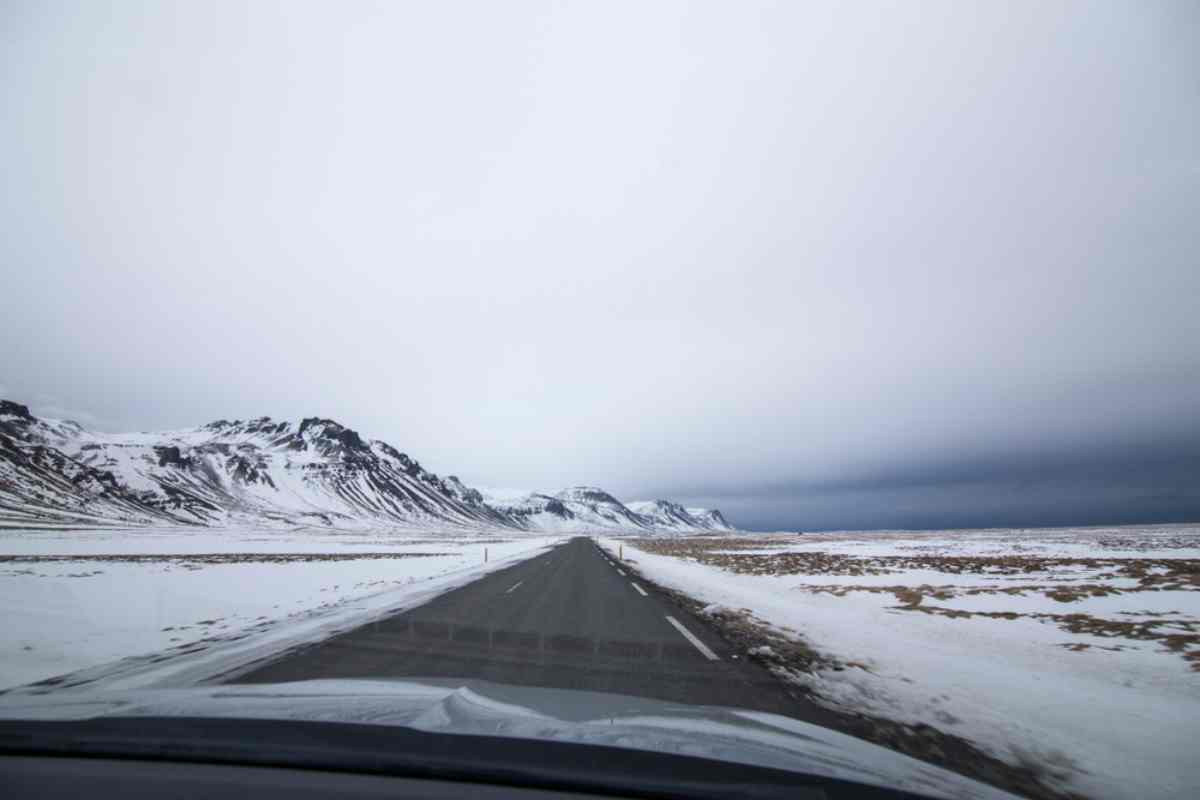
How warm does it get in Iceland?
In Iceland, the summer season brings relatively mild temperatures, with average highs ranging from 10-13°C (50-55°F). While Iceland doesn't typically experience subtropical temperatures, exceptionally warm days can push the mercury up to around 20-25°C (68-77°F). Note that these higher temperatures are not the norm, and the warmest month in Iceland is typically July.
Does it snow in Iceland?
Snowfall is a common sight in Iceland during the winter months, with some areas receiving up to several feet of snow. Snow often begins to fall in October and continues until April, although it usually melts away as temperatures start to rise in spring.

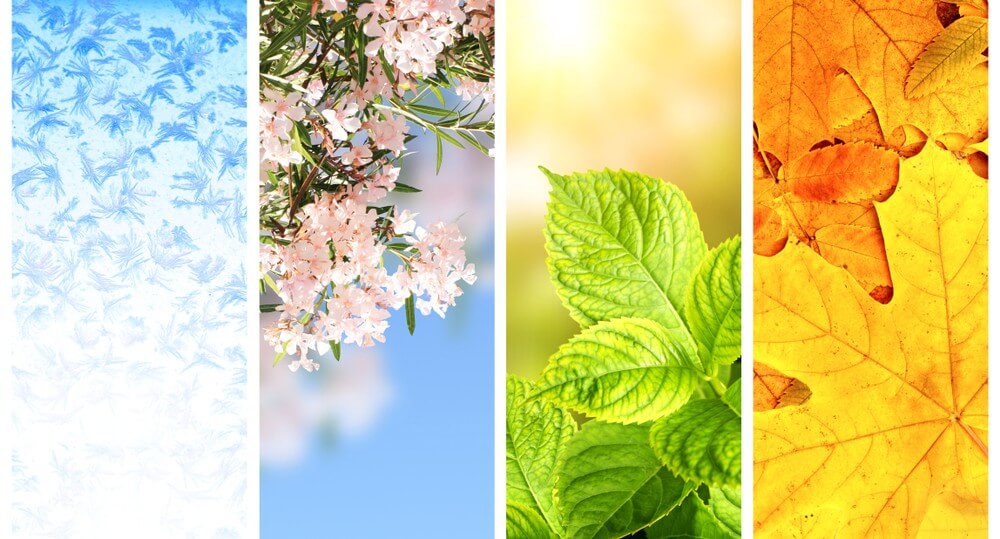
 By
By

